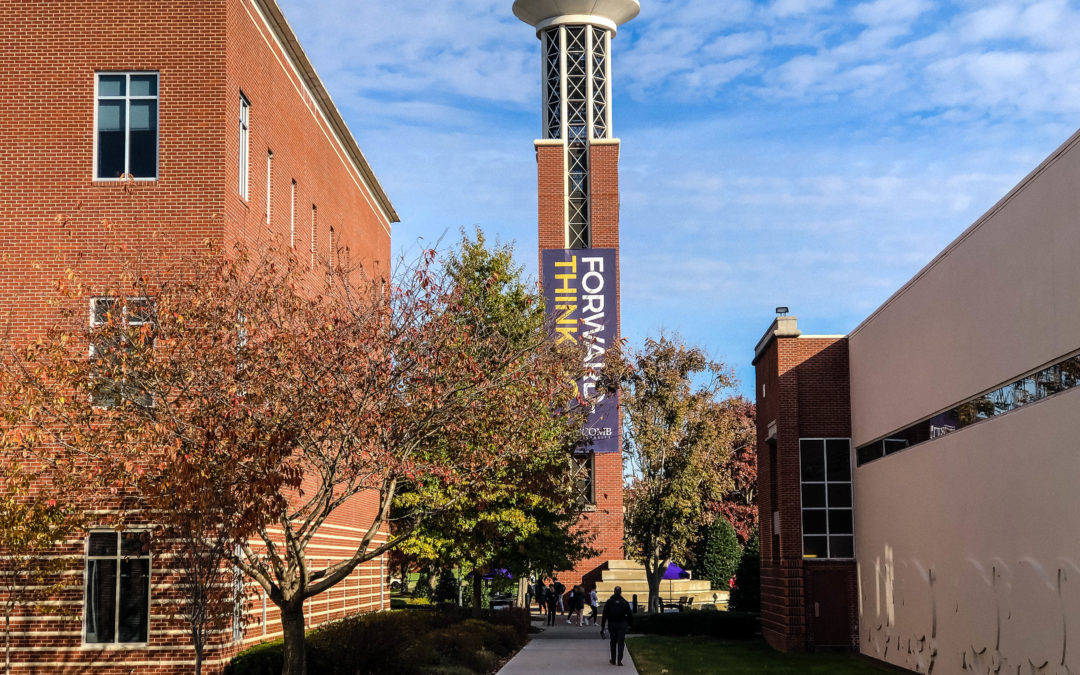For universities across the country, 2020 has been quite the educational roller coaster. From being uprooted from campuses in March to some finally returning in August equipped with masks and hand sanitizer, college life is looking different for everyone.
Many have seen first hand how this has impacted students, but that introduces the question: What has this been like for teachers? Or in other words, what does the new normal look like for those in charge of educating?
Dr. Paul Prill, the former Honors College director and current professor of Communication, Technology and Society, said, “The new normal for me is very simple—I will never be in a closed space with my class for 50 minutes.”
Prill based his decision on recent studies that showed reduced COVID transmission rates when outdoors versus inside.
Though new guidelines are in place, a lot was still left up to the teachers. “[Lipscomb has] allowed [students] to decide if you want to be in person or virtual”, said Prill. “They’ve allowed [teachers] to decide if we want to be in person or virtual or some hybrid of the two.”
Prill opted for a hybrid of both Zoom and outside in-person classes; his class has been divided into 3 “cohorts” that alternate weeks to meet in person for lectures. Even so, all the students would be giving speeches over Zoom.
If his class was inside, the students would all be required to wear masks at all times. “Then I can’t see your facial expressions,” said Prill. “I could barely notice any difference in your eye contact.”
Many other teachers are opting for the hybrid option, for example, Professor Josh Strahan who teaches two sections of The Story of Jesus, Biblical Ethics, and a graduate class on the Gospels.
Strahan teaches 3 of these courses with students both online and in-person and the graduate class almost entirely online.
“I’ve had to figure out time management cause it takes a little longer to set it up,” said Strahan about teaching over Zoom. He described how he went over class time for most of his first-week teaching as he adjusted to the new set up.
“It was hard to figure out how to do discussions that involved both groups,” said Strahan. With half of the students only visible via computer and the other half wearing masks, this is just one of the obstacles teachers are facing.
Prill names another issue with lectures over Zoom: “Conversations are spontaneous. The spontaneity in class when somebody says something in class and everybody explodes because it’s so funny— it’s almost impossible on Zoom.”
“On Zoom it’s hard to read an audience,” said Strahan. “You’re not getting the immediate non-verbal feedback.” Strahan describes wondering “Do I need to clarify here?” or “Do I need to push harder here?” during his lectures.
Strahan, being right-handed, said “I felt like I was doing things left-handed for the first few weeks.”

